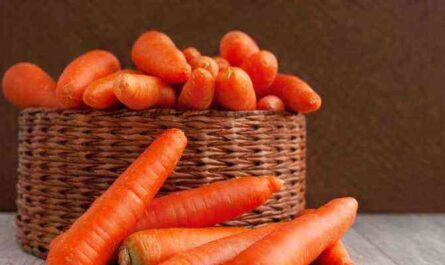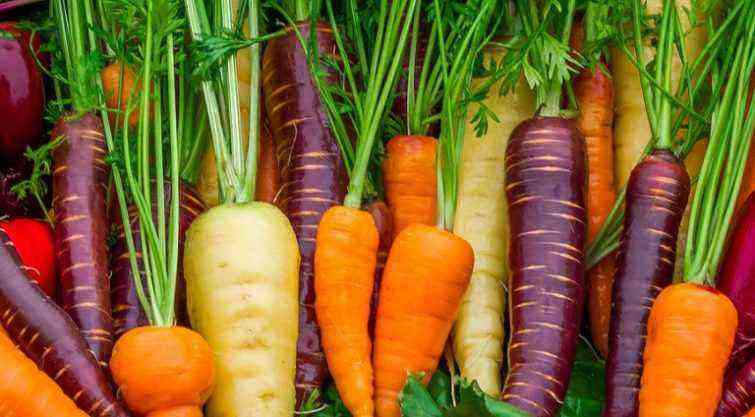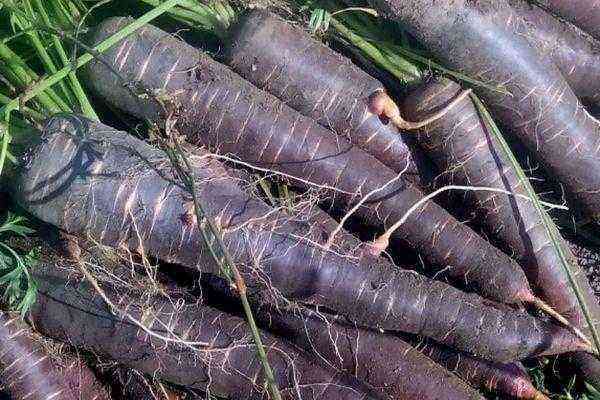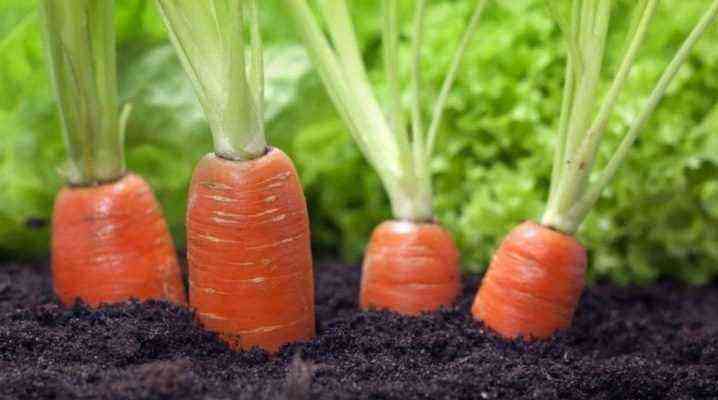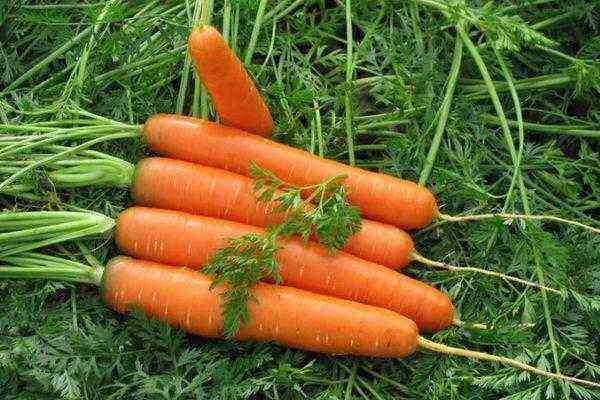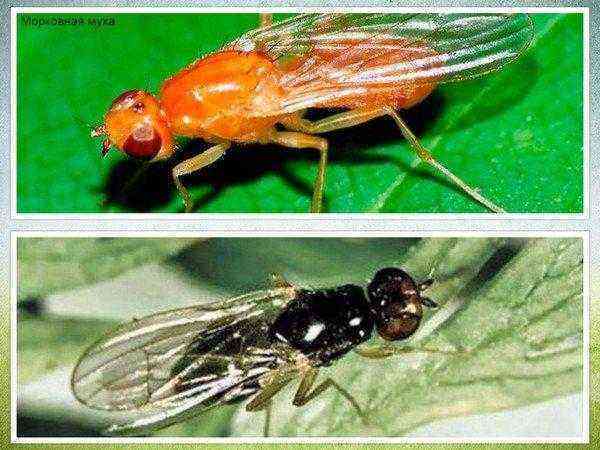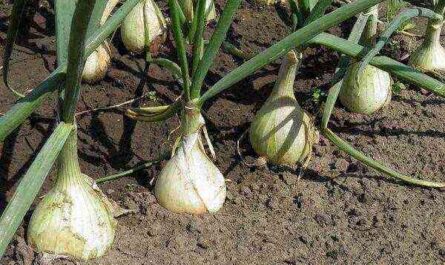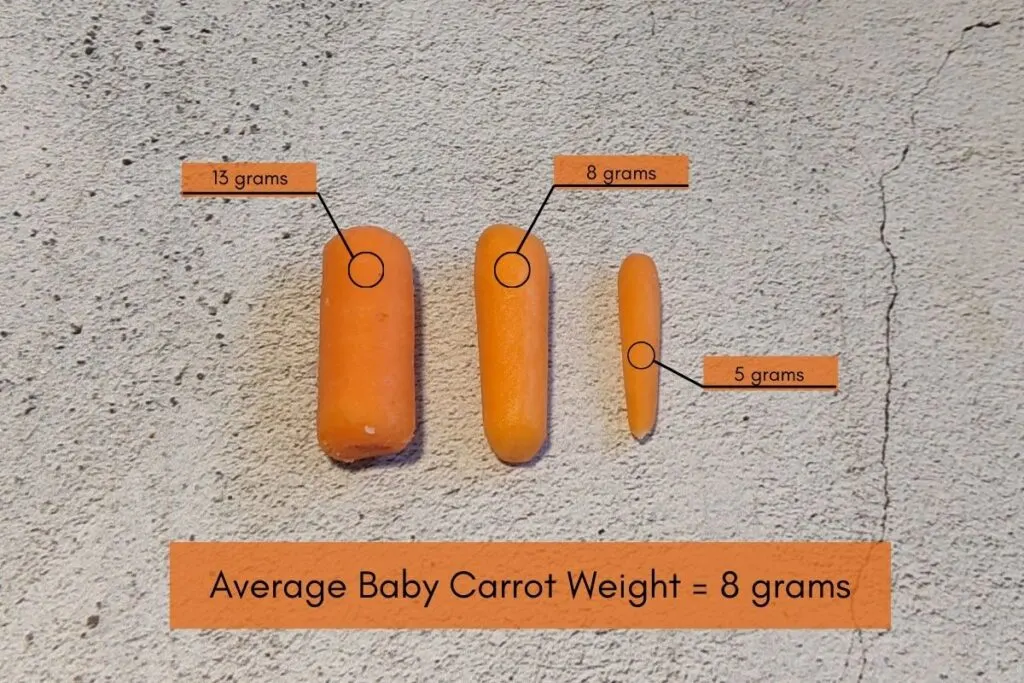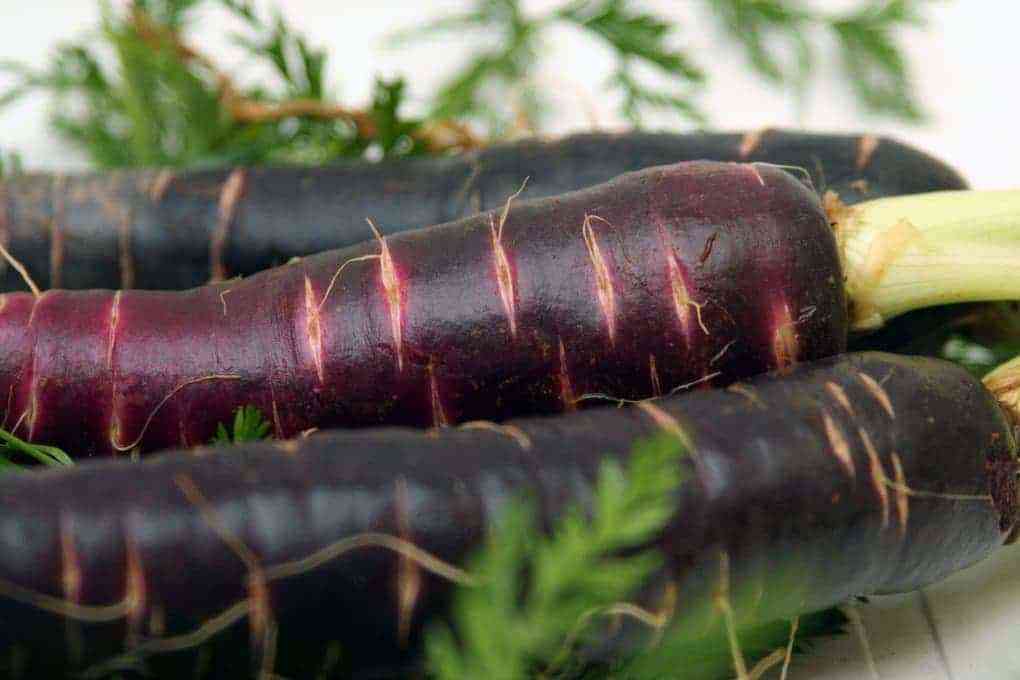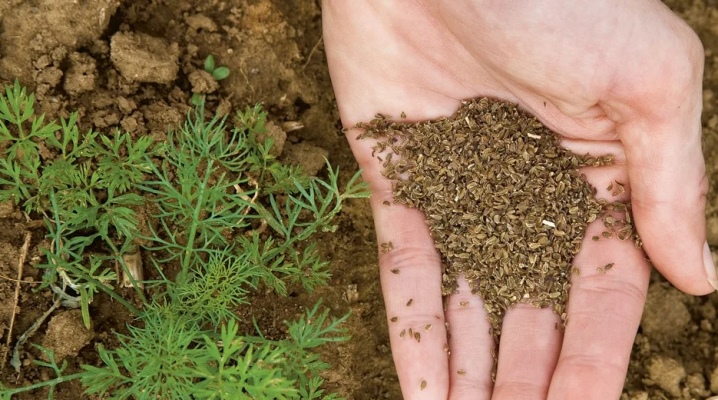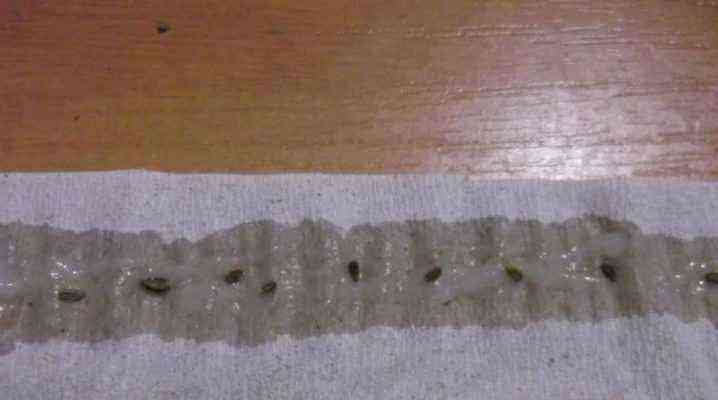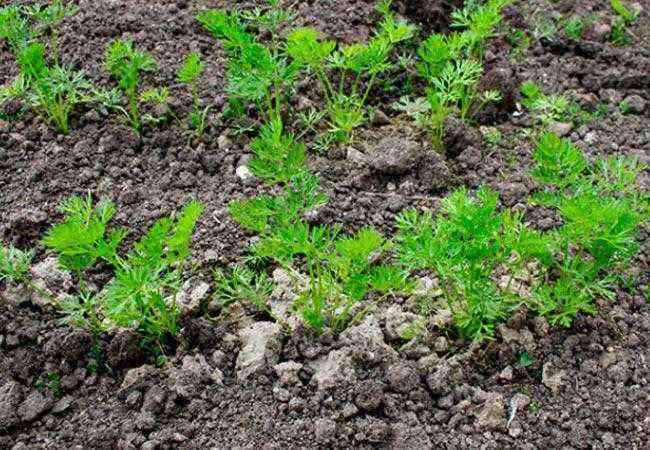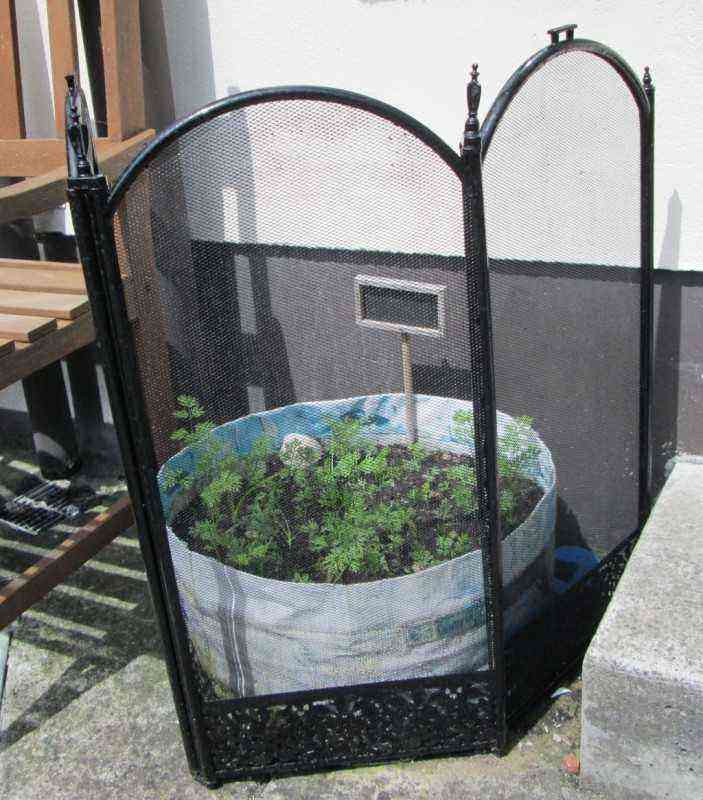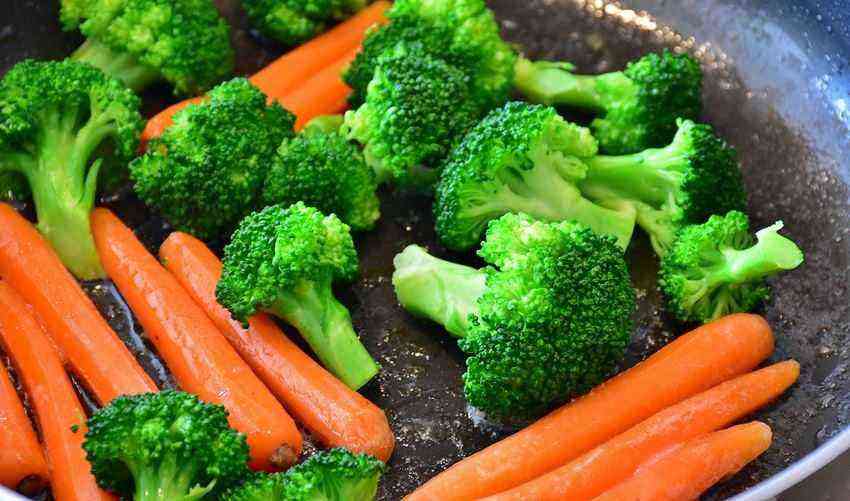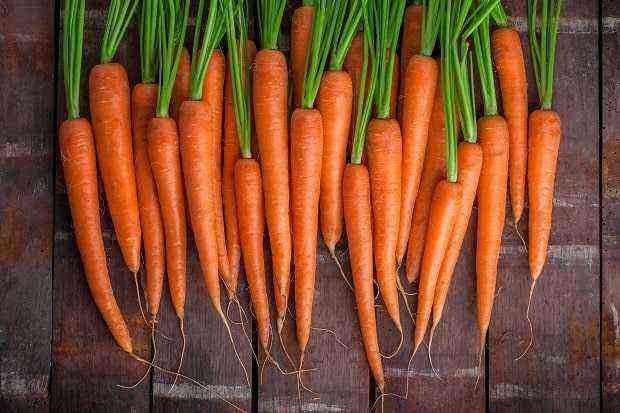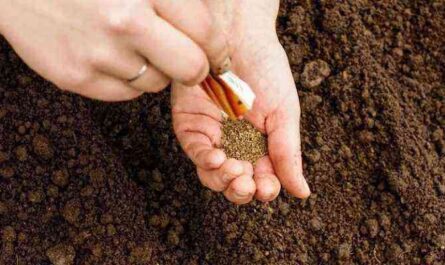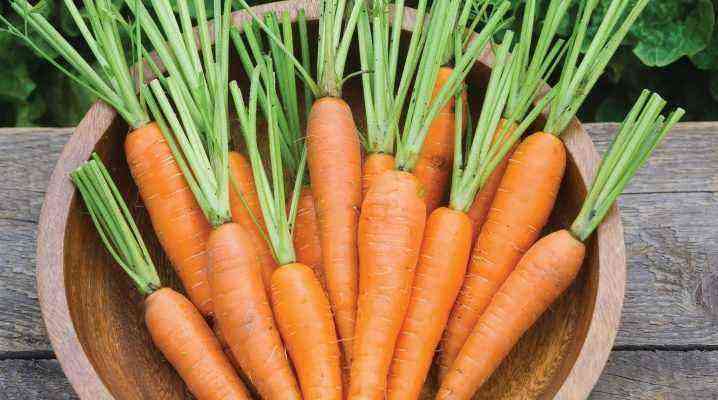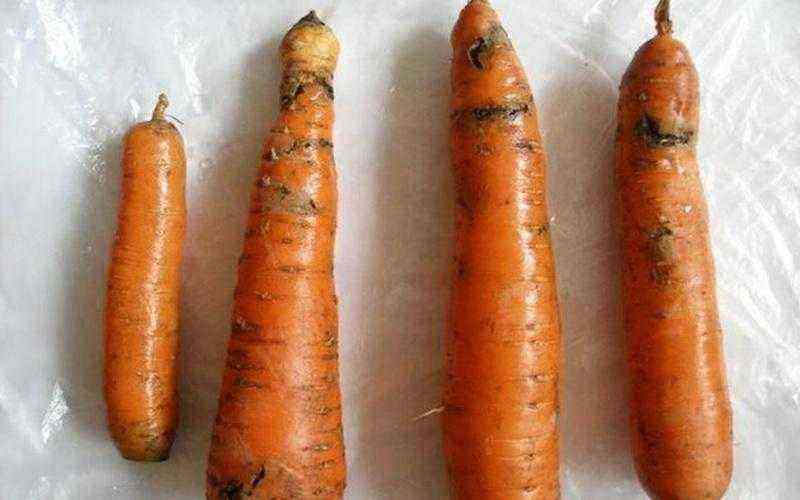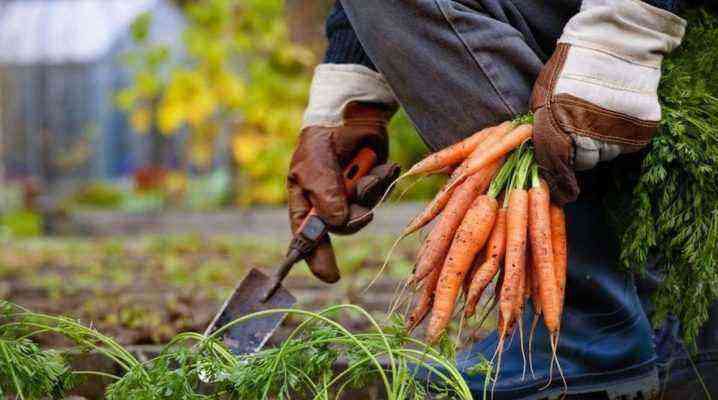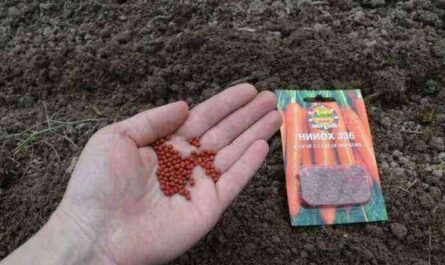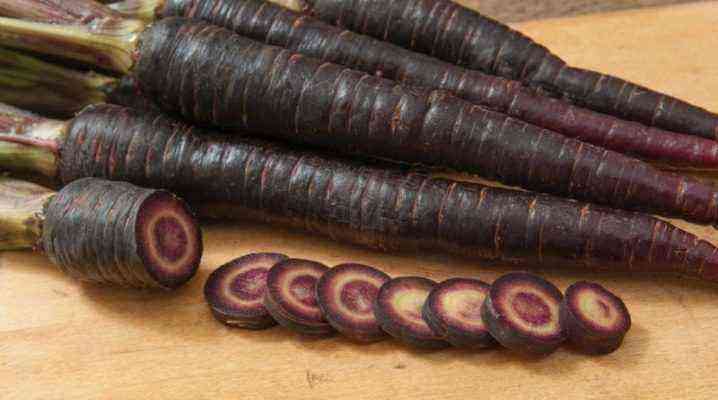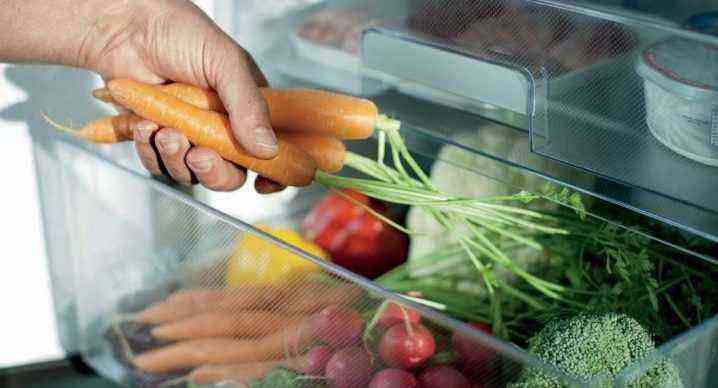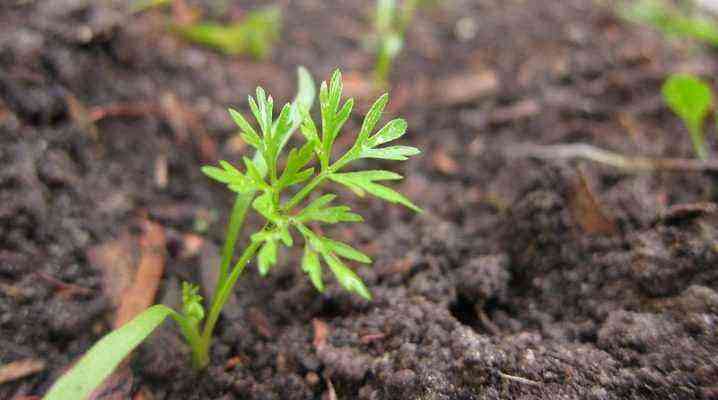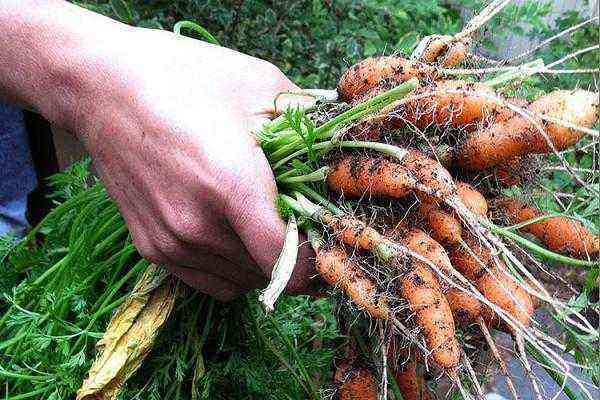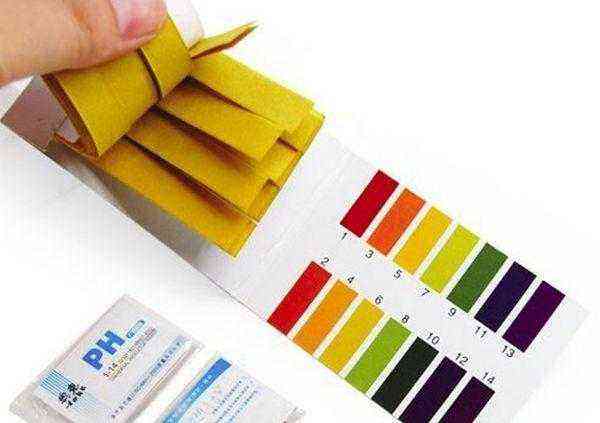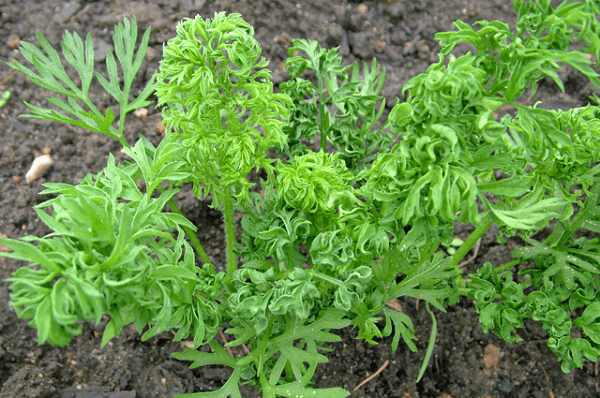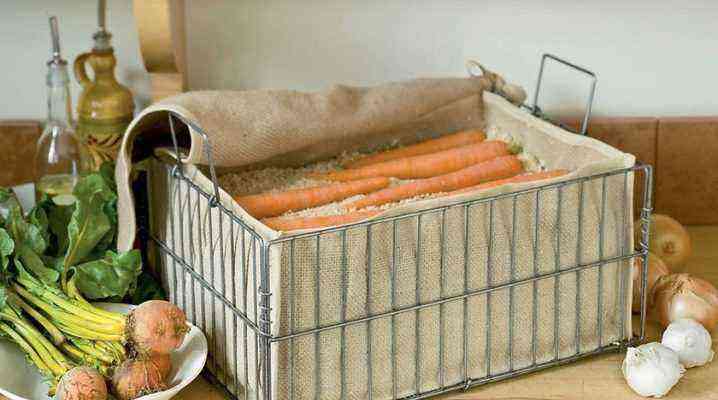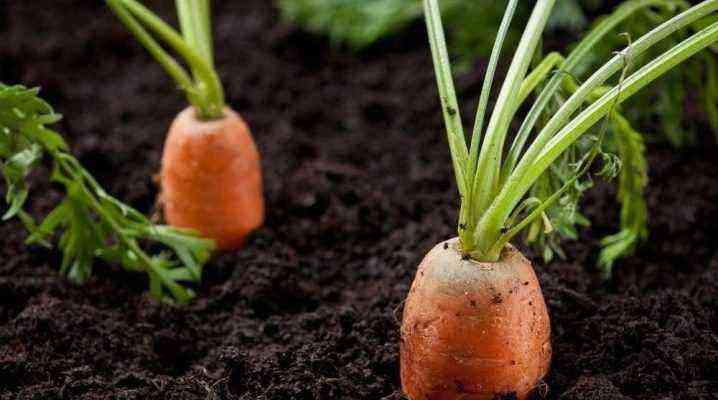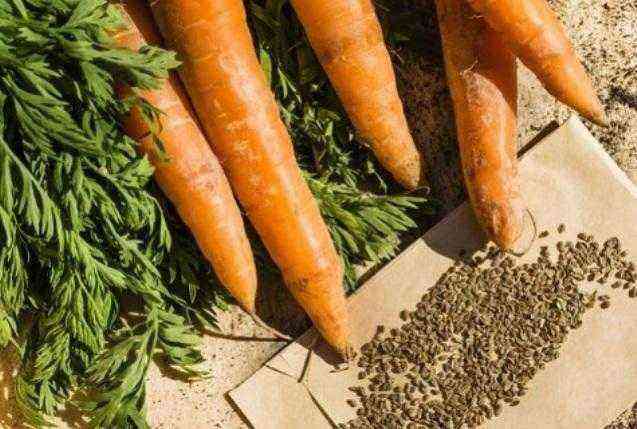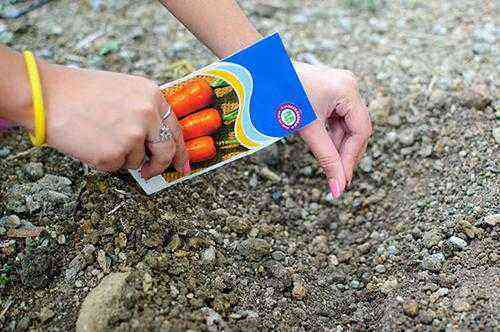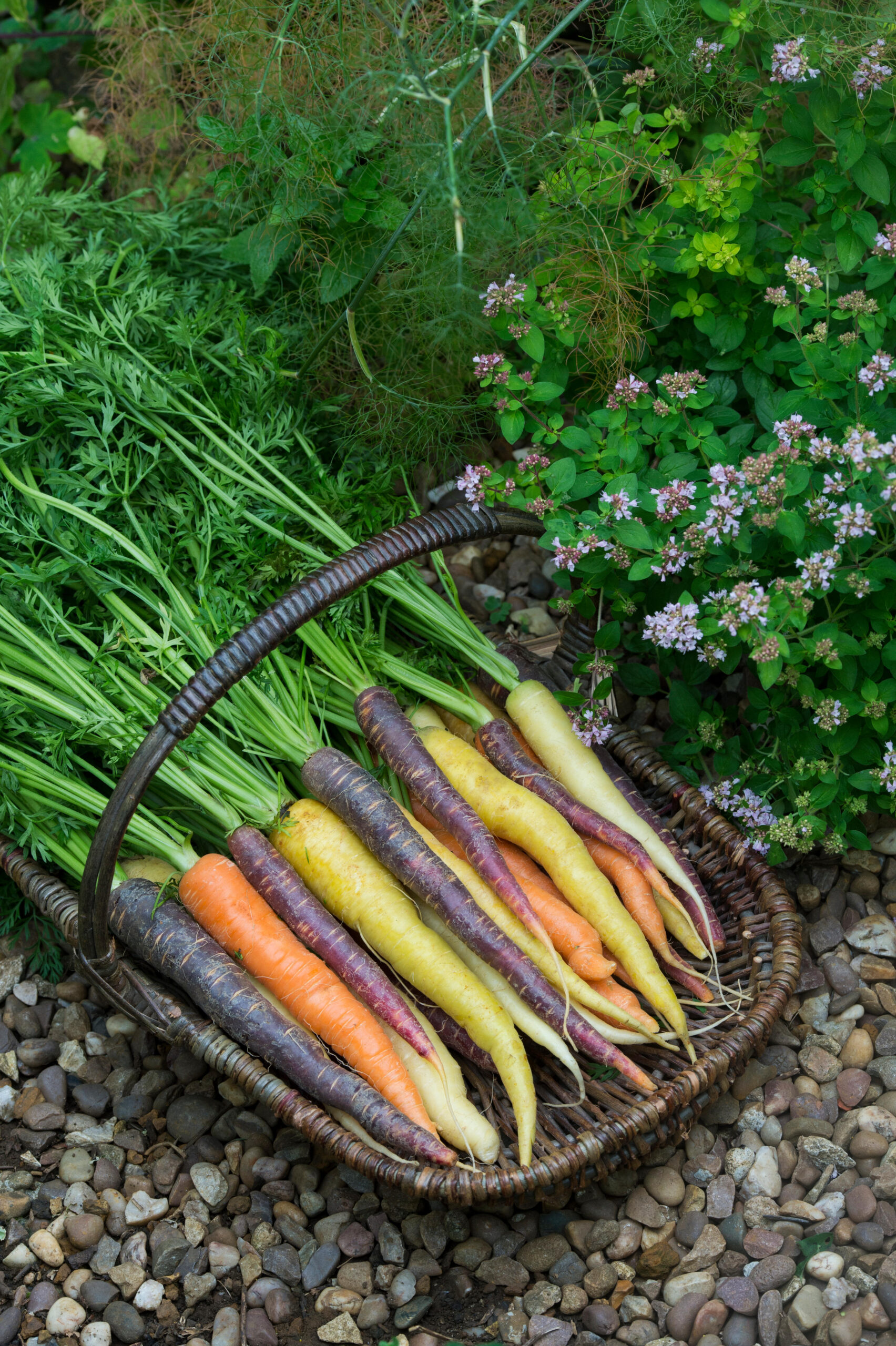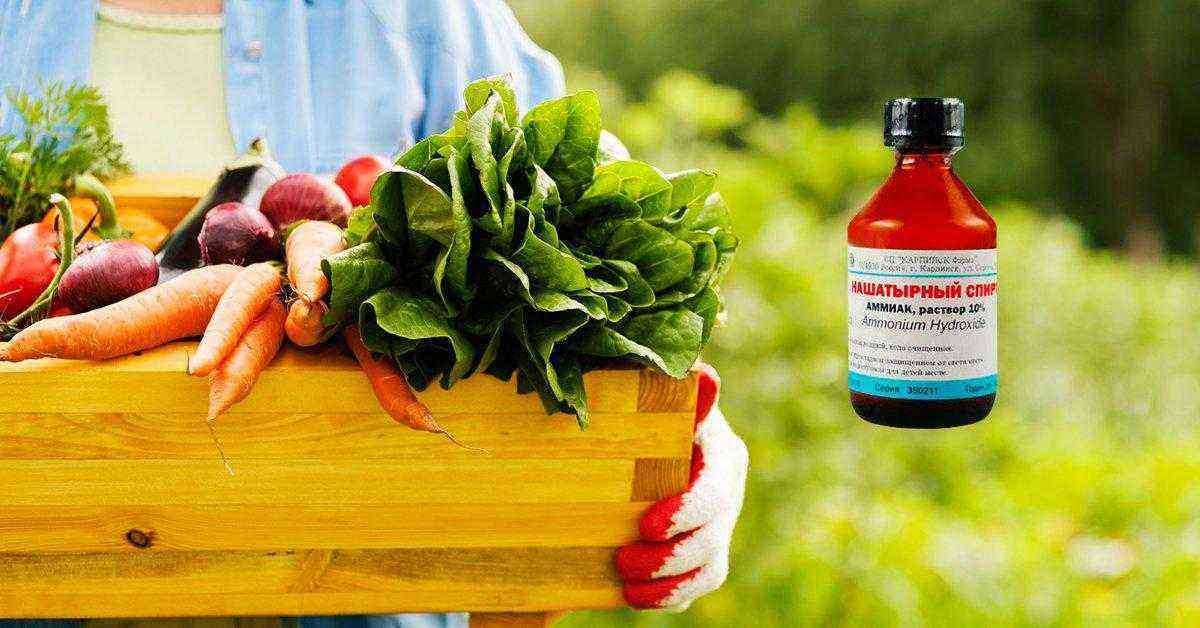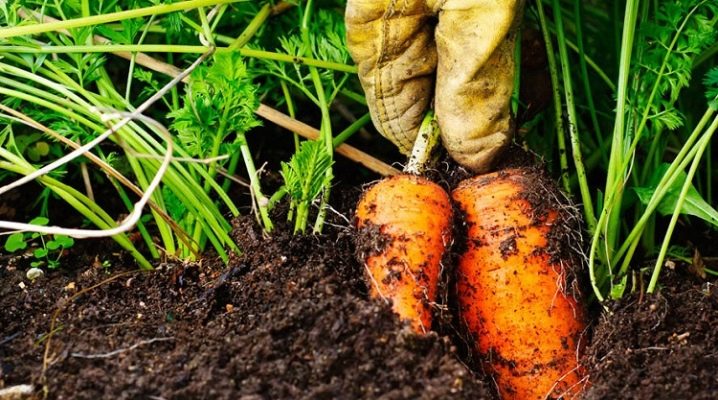
Not all vegetables can get along with each other in the garden. Some cultures have a depressing effect on the development of neighbors. Fans of growing carrots know that for her you need to carefully select the neighborhood. It is advisable to choose crops that are not only compatible with orange root crops, but also useful for them. It would be wise to preliminarily draw up a scheme of joint landings.

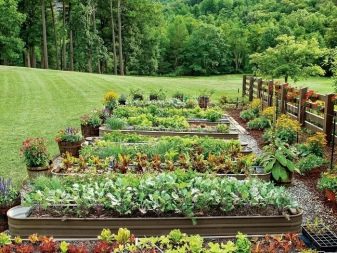
Useful crops
Experienced summer residents know that it is better to plant in the same area with carrots. Their knowledge will help novice gardeners avoid possible difficulties and simplify the growing procedure. The formation of a carrot crop often depends on the correct seating of vegetables and compliance with crop rotation.
Many crops can be planted next to carrots. When deciding on the choice of neighbors in the garden, they act according to simple rules.
- Vegetables or herbs growing in the neighborhood should be similar to carrots in care requirements. Prefer abundant watering, appropriate fertilizers (nitrogen at the initial stage of development, in the future – phosphorus and potassium).
- There should be no competition for nutrients between crops growing nearby.
- Vegetables must have different pests to prevent them from multiplying.
- To save space in an open area, it is better to plant a root crop with early ripening crops.
The carrot itself will also be useful for neighbors in the garden. During the flowering period, the aroma of the plant attracts beneficial insects to the site.
Bow
Onions can be safely planted next to carrots in the same garden. This is a standard combination of vegetables in the open field that help each other in pest control. Onion phytoncides are not perceived by carrot flies and root mites, and the root crop repels moths and onion flies from the garden. But the disadvantage of such a neighborhood is that these crops require different amounts of water. When the bulb is properly saturated with water, a larger volume will harm it, and carrots, on the contrary, need more moisture at this time. Here you will have to decide – to leave the onion solely for protection, not counting on a good harvest, or to lose carrots, but not to allow the onion to rot.
You can solve the problem if you plant a moisture-loving culture on the same bed that will not let water reach the onion. But even in this case, the possibility of competition for an important natural resource is not ruled out. Good compatibility with carrots is not only in onions, but also in other species: leeks, chives. When planting carrots around it, some features are taken into account. It is advisable to sow onions before carrots so that the root crop does not fall under return frosts. Then flowering may begin. If you plant a crop together with onion sets, then carrots are sown 3 weeks earlier than onions.
It is recommended to keep a distance of 1-2 rows.
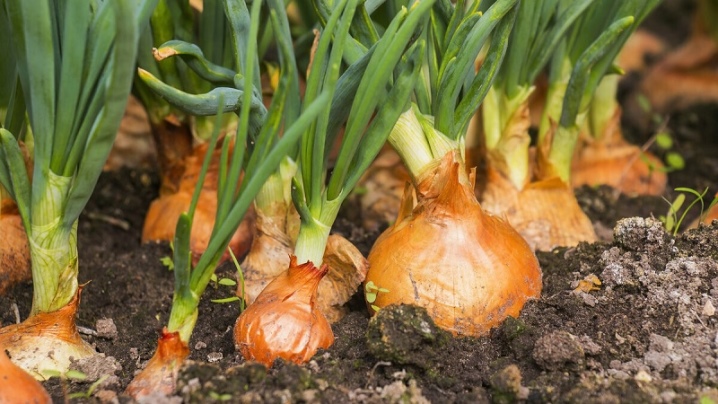
pulse
There is no consensus about this neighborhood. Some gardeners are sure that the legumes in the neighborhood are not the best option for carrots. But more positive opinions about the proximity to the roots of peas and beans. Judging by the experience of most farmers, carrots grow very large and juicy next to beans. Legumes give the soil airiness, saturating it with nitrogen. Therefore, a good harvest of carrots can grow next to pea crops.
It is worth noting that carrots for peas are also a friendly neighborhood, so you can call this a favorable mutually beneficial tandem of two cultures. Sowing is best organized by alternating rows and leaving sufficiently large aisles so that the plants are not cramped. Still, legumes grow quite large during the season, and carrots need a lot of light.
Garlic
This plant is a natural disinfectant that releases phytoncides into the atmosphere that repel adult insects and their larvae. But this is not all of his abilities. The fragrant plant protects its neighbors from contracting fungal infections. If you plant carrots next to garlic, the safety of the crop will increase significantly. In addition, root crops will increase immunity to infections. Garlic is best planted along the edge of carrot beds. Even in the absence of garlic in the garden, its disinfectant properties remain in the soil, protecting it from the sudden appearance of larvae.
If it is planned to plant both crops for the winter, the bed must be marked out in advance, since the plants are planted at different times. Garlic must be sown in October, preparing aisles for carrots. The root crop is sown a month later. After that, the entire bed is mulched with peat mixed with humus and compost. In the spring, in the last decade of March, garlic is actively growing. In two weeks, carrots will follow him. The ripening period of garlic falls in July.
After harvesting, for a short period, carrots remain alone in the garden.

Fragrant Herbs
Carrots have a beneficial effect on fragrant herbs growing nearby. In turn, spices such as sage and marjoram envelop root crops with a strong spicy aroma, confusing and scaring off malicious pests. Carrots and aromatic herbs complement each other perfectly within the same garden. The rows of landings alternate. By the time the vegetables are harvested, the spicy vegetation will also ripen.
Tomatoes
This crop saturates the soil with nitrogen, which has a beneficial effect on the growth and quality of carrots. As a result, you can get a good and tasty harvest of root crops. Planting tomatoes is recommended through the garden, determining enough space for each crop. It is better to plant low-growing tomatoes in the garden. If tall varieties are chosen, they are planted from the northeast of the carrots. And also next to the carrots in the open field, radishes and early ripe greens successfully grow. The seeds of these crops are sown at the same time. All these cultures support each other, so seedlings are maximized. At the same time, sowing into the furrows turns out to be extremely uniform and in the future, with a high probability, there will be no need for thinning.
Early crops ripen quickly, and the bed is freed up, leaving a lot of free space so that carrots can actively grow and develop. The only nuance of joint cultivation will be the need to increase portions of fertilizers. Since several crops grown at the same time require more nutrients. It will be useful to plant marigolds or marigolds along the beds with carrots. Their aroma will repel flies and aphids.
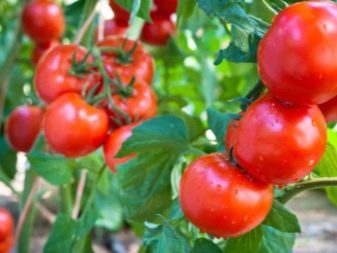
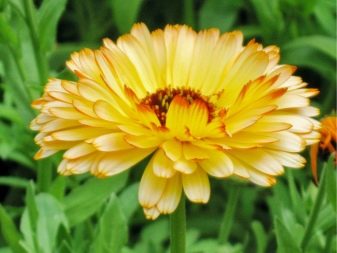
Neutral options
Carrots will not harm the neighborhood with the following plants:
- cabbage;
- broccoli;
- turnip;
- swede.
Spinach
This is a plant of long daylight hours, for which loose, oxygen-enriched soil is preferable, necessarily fertile.. A substrate with a neutral acidity or slightly alkaline is suitable for growing spinach.
Similar requirements for the composition of the soil and carrots. Therefore, root crops can, without hesitation, be placed on the same bed as spinach. On warm days, plantings need watering twice a week, and in the cool period, one watering every seven days is enough.
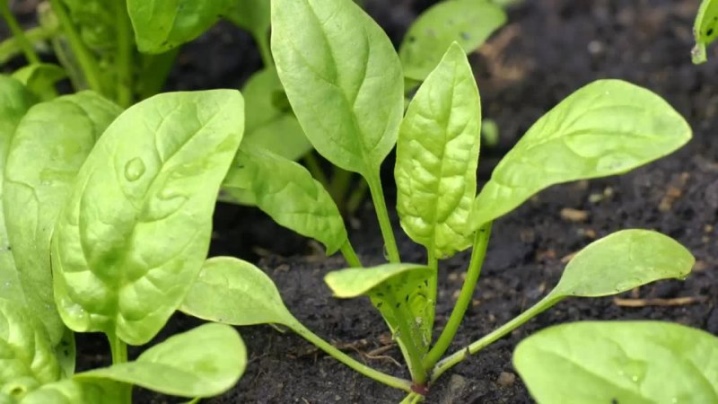
Radish
Carrots support the growth and development of radishes, which is reciprocated. This increases the germination of seeds of both vegetable crops. This method of sowing does not require thinning. Those vegetables that ripen earlier give way to later shoots. Thus, the root crop gets a lot of space for active growth. With simultaneous planting, it is desirable to slightly increase the dosage of dressings.
Pepper
For this culture, it is common to grow bushes up to 50-60 cm in height. Pepper can give an unnecessary shade for carrots. Therefore, they are planted at a distance of half a meter or more. Root crops can be placed around the perimeter of the beds, and under the pepper, determine a place in the center.
Strawberries
Garden strawberries are a plant with a long mustache that can spread to a garden bed with root crops. Therefore, when planting carrots and strawberries nearby, you will have to control so that one of them does not drown out the development of the other.

cucumbers
The plant also produces long lashes. So that it does not negatively affect carrots, it is necessary to maintain a distance of 60-70 cm between two different vegetables. Cultures will not adversely affect each other if cucumber lashes are directed along the garden.
Beetroot
Carrots may be compatible with beets. But only if you divide the bed in half – defining one half for carrots, and the other for beets. These vegetable crops require almost the same watering and feeding, they are not antagonists to each other. But it is worth considering that beets have more powerful tops that can drown out tender carrots.. Therefore, they are not advised to sow in rows, alternating, it would be more correct to divide the plot into two crops.
Carrots have neutral compatibility with zucchini. Therefore, you can confidently plant these two vegetable crops nearby.
Cultures will not bring special benefit to each other, but they will not harm their neighborhood either.
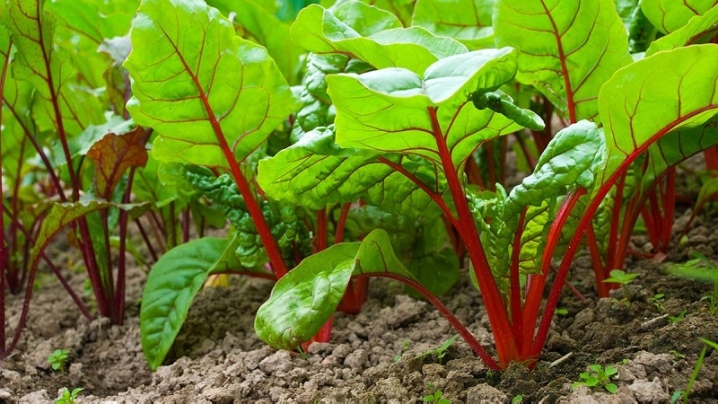
What can’t be planted?
There are crops for which combined plantings with carrots are unacceptable. And there are good reasons for this. Planting root crops together with umbrella plants – anise, dill and parsley – is contraindicated due to the fact that plants of the same family are threatened by the attack of the same pests and the same diseases.
Growing carrots near representatives of cruciferous crops is a constant competition for nutrients. Plants enter into a struggle for valuable resources and as a result, someone always has to give in and die. Another unfavorable neighborhood is carrot beds under apple trees. Only in this case, the cultures are not detrimental to each other, but worsen the taste of the fruit. Carrots and apples grow bitter.
- Horseradish. A root crop growing near carrots grows into the deep layers of the soil and releases substances that spoil the taste of carrots. At the same time, it competes with it for minerals, taking away a significant part of the nutritional components. Another disadvantage is the shadow from the highly developed ground part of the horseradish. In shady conditions, carrots give a poor harvest.
- Celery. Belongs to the same family as carrots. Based on this, celery is prone to the same diseases and attracts the same pests. It is not recommended to plant it on the same bed with an orange vegetable. The most harmful insects for umbrella crops flock to celery – carrot flies. Sowing carrots near celery will lead to a massive invasion of pests. In addition, related crops in the same garden require an approximately identical set of nutrients, while depriving each other.
- Cabbage. The roots of this vegetable crop secrete substances that are harmful to carrots. The source of carotene without proper nutrition begins to rot. In addition, a shadow is formed from large leaves of white cabbage, which is not needed by a light-loving culture. Another argument against joint plantings is that they are related crops subject to the same pathogens.
- Pumpkin. Pumpkin shoots grow about 2-5 meters in length, and its leaf plates are large in size. If the pumpkin shoots are on the carrot bed, the pumpkin will drown out the carrot plantings. And planting them at a great distance is uneconomical.
- Potatoes. Nightshade culture grows numerous tubers underground. Carrots also grow underground, where crops inevitably compete for moisture and essential nutrients. Potatoes also have voluminous above-ground vegetation, which inhibits the tops of carrots.
The Consequences of Violating Neighborhood Rules
With an illiterate approach to sowing vegetables, the quality of the crop inevitably decreases and even its loss occurs.. If crops are planted nearby that require different irrigation regimes, the root crop may rot or dry out.
Vegetables from the category of competitors begin to absorb the nutrients in the soil, and carrots will turn out small and tasteless. If plants are attractive to one type of pest, large-scale infection and crop loss cannot be avoided. In addition, planting incompatible crops together spoils the taste of each of them.


What to do in case of sowing errors?
If it happens that carrots grow near a prohibited plant, it is important to take action as soon as possible. This will preserve at least some of the fruit or vegetation. For example, dill, parsley and other spices should be pulled out as soon as they sprout. Such plants are already suitable for use in food. And if root crops grow next to an apple tree, you will have to sacrifice a crop of carrots. Otherwise, the apples of the new harvest will taste bitter.
It should be remembered that it is undesirable to transplant carrots. When dug up, the root partially remains in the soil, and the fruit grows, taking on a distorted shape. Such fruits are tasteless and lose their benefits. If carrots grow near beets, then the latter will have to be carefully transplanted. You need to do this while keeping a clod of earth around the roots of the fruit.
And for hell, this option is not suitable. You won’t be able to transplant it. We’ll have to leave the carrot next to him, resigned that it will taste bitter.
